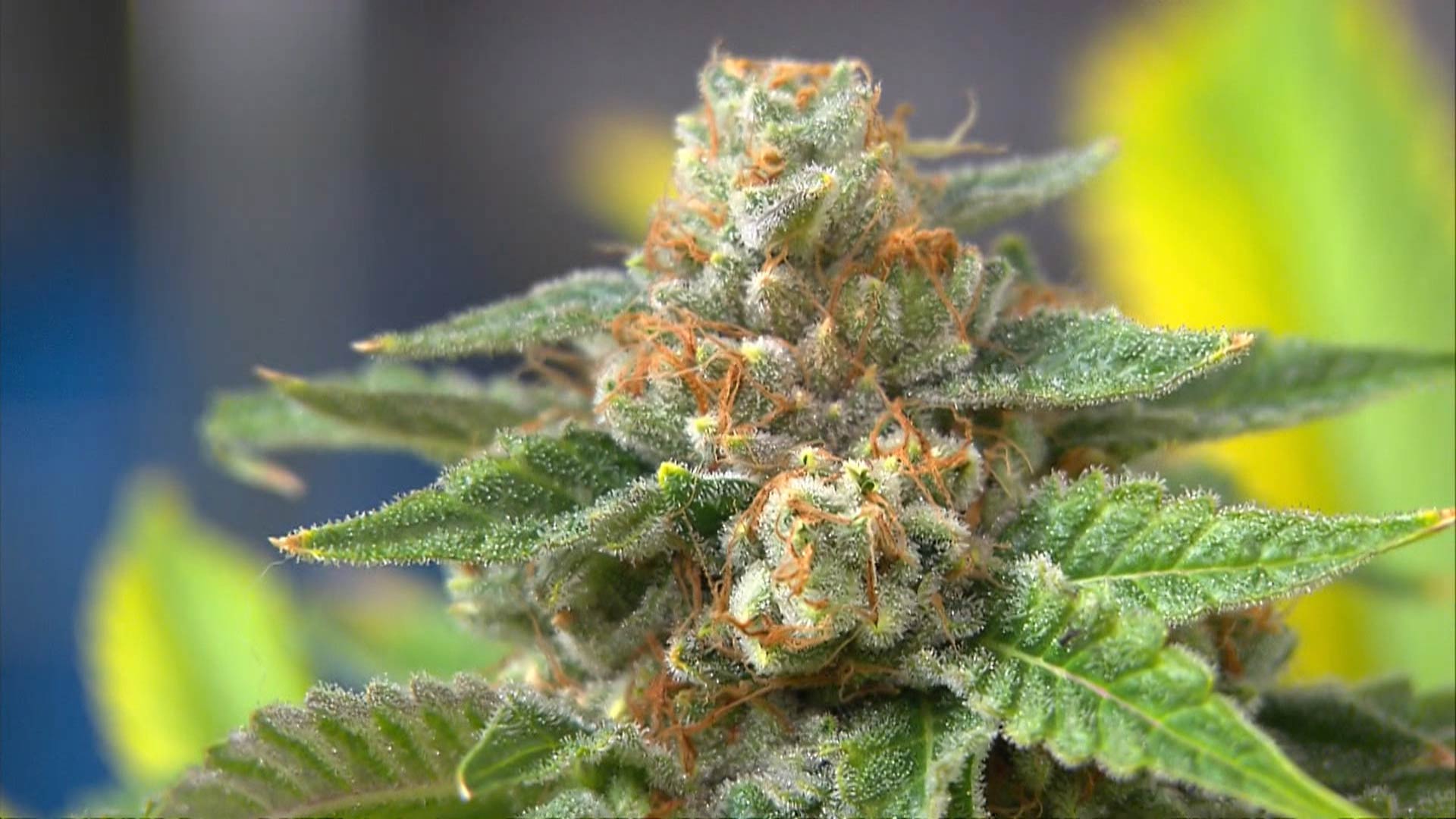
The introduction of state laws allowing the use of marijuana for medical purposes does not lead to an increase in the use of the drug among adolescents within those states, the results of a multiyear nationwide survey reveal.
However, the researchers found that adolescent use of marijuana was higher in those states with medical marijuana laws than in states without such laws.
“Whether medical marijuana laws increase availability through diversion, or change adolescent approval of marijuana, is unknown,” the investigators note.
“Irrespective of this point, our findings suggest that medical marijuana laws did not influence these factors sufficiently to raise adolescent marijuana use.”
The study was published online June 16 in Lancet Psychiatry.
Reassuring Findings?
Lead author cheap football jerseys china Deborah Hasin, PhD, professor of epidemiology at Columbia University Medical Center, New York City, told Medscape Medical News that one of the main motivators for the this study was the increase in use of marijuana by adolescents in the United States in recent years.
“Because early use of marijuana can have a number of long-term adverse consequences, including cognitive decline if people are using really early and really heavily, it was important to try to find out something about why that increase was happening,” she said.
There has been concern that the introduction of state laws regarding marijuana use, particularly those legalizing medical use, would “send out the wrong message” and encourage its use. However, the opposite view has also been expressed, with some people suggesting that it would “turn off” teenagers.
To investigate further, the researchers used data from the Monitoring the Future study, which conducts annual national surveys of children aged 13 to 14 years (8th grade), 15 to 16 years (10th grade), and 17 to 18 years (12th grade) in approximately 400 schools per year.
Data were available for 1,098,270 adolescents who were surveyed between 1991 and 2014 and had completed self-administered questionnaires, including those on marijuana usage.
The team performed multilevel logistic regression modeling, taking into account factors such as individual, school, and state-level characteristics, to determine differences in marijuana usage between the 21 states that had passed a medical marijuana law by 2014 and the remaining 27 contiguous states and whether usage had changed after the passage of the laws.
Marijuana usage in the past 30 days was more prevalent in states that had passed a medical marijuana law than in those that had not, at an adjusted prevalence of 15.87% vs 13.27% (odds ratio [OR], 1.27; P = .057).
Commenting on that finding, Dr Hasin said: “Clearly, for the states to have the difference, regardless of when they passed the law, it seems likely that there would be underlying factors that influence not only a state’s likelihood of passing such a law but also the likelihood of use within those states.”
“One of the things that we’re in the process of investigating now is whether attitudes towards marijuana and its acceptability or beliefs about perceiving marijuana to be harmless or without risk could underlie those changes,” she added.
In contrast, the team found that the passing of medical marijuana laws themselves did not have an impact on the prevalence of marijuana usage within those states, at an adjusted prevalence of 16.25% before vs 15.45% after introduction (OR, 0.91; P = .185).
Further analysis revealed that although the passing of medical marijuana laws was not associated with marijuana usage in 10th and 12th graders, there was a significant reduction in usage among 8th graders after the laws were passed. Among 8th graders, usage was reduced from 8.14% beforehand to 6.05% afterwards (OR, 0.73; P < .0001).
The findings were unaffected by redefining marijuana use as any use in the previous year or by the frequency of use, or by taking into account potential delayed effects after the introduction of the law or variations in the provision of dispensaries.
Does Dr Hasin find it reassuring in any way that the passing of medical marijuana laws had no overall effect on adolescent marijuana use? “You know, a lot of people are interpreting the study results that way, and I don’t see them as so reassuring,” she replied.
“While it doesn’t seem that the laws themselves have had this causal effect, the fact is that states are passing them, and teens are using marijuana more, and the use of marijuana, particularly at young ages, can have adverse effects.”
“There are some people that can use marijuana without harm, but it does impose a number of risks, so I think that rather than being so reassured by all this, I think that people should see the need to identify the actual causal factors as being particularly acute,” she added.
“I think we really need to get to the bottom of what’s going on with these increases in use so that we can do something about it.”
One issue that the current debate over the legalization of marijuana for medical or recreational use raises is that the laws over marijuana and tobacco smoking seem to be going in opposite directions.
Dr Hasin agreed. “It took a long time and a lot of public education to convince the public that smoking was harmful to health.”
Noting that the usage of substances such as alcohol and cocaine has gone up and down over time, she said: “When the prevalence is rather low, people tend to forget or not be aware of the potential risks, so it’s only after the prevalence has become quite high and the risks have become so pronounced that they can’t be ignored that public policy starts to address the questions.”
“I think that if something could be done to try to address the increases in marijuana use that we’re seeing at this point…it would be better than waiting until a lot of these adverse Cheap Ray Bans consequences have happened.”
Global Battle
In an accompanying comment, Kevin Hill, MD, MHS, Division of Alcohol and Drug Abuse, McLean Hospital, Belmont, Massachusetts, described the study as “well designed” and “methodologically sound,” noting that it underlines the “importance of undertaking rigorous scientific research to test hypotheses and using the results to develop sensible health policies.”
“Globally, there’s battle going on over marijuana and whether or not we should have medical marijuana or legalized recreational marijuana,” Dr Hill told Medscape Medical News.
“I think one of the main concerns that people have about these policies is that if you are to implement the policies, you’re going to have an increase in use, because one of the few things that people on either side of the debate agree upon is that nobody wants more young people using marijuana.”
“I think if we’re really interested in being truly evidence based, then we need to be able to look at these answers with the evidence, and also change our minds,” he added.
“I think that’s something that a lot of people aren’t willing to do. There are people in both camps, and they have their heels dug in.”
Dr Hill believes that the study should encourage people to question whether or not what they had assumed would happen with the introduction of medical marijuana laws is actually true.
However, he doubts that that will indeed be the case. “I’d like to think that people, along with policy, would do that, but I think…we tend to launch forward with certain policies without the science.”
Dr Hill concluded: “Policy is ahead of the science in many ways, and this study, for me, really underscores the importance of doing scientifically rigorous research to get the answers to these questions, because, as this study shows, sometimes the answers that we get aren’t the ones we were expecting.”
The study was funded by the US National Institute on Drug Abuse, Columbia University Mailman School of Public Health, and the New York State Psychiatric Institute. The authors and Dr Hill have disclosed no relevant relationships.
Source: MedScape

































